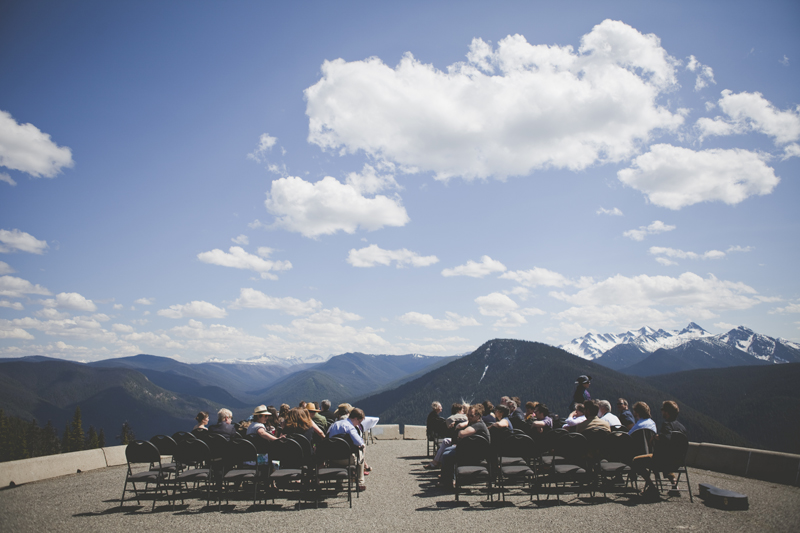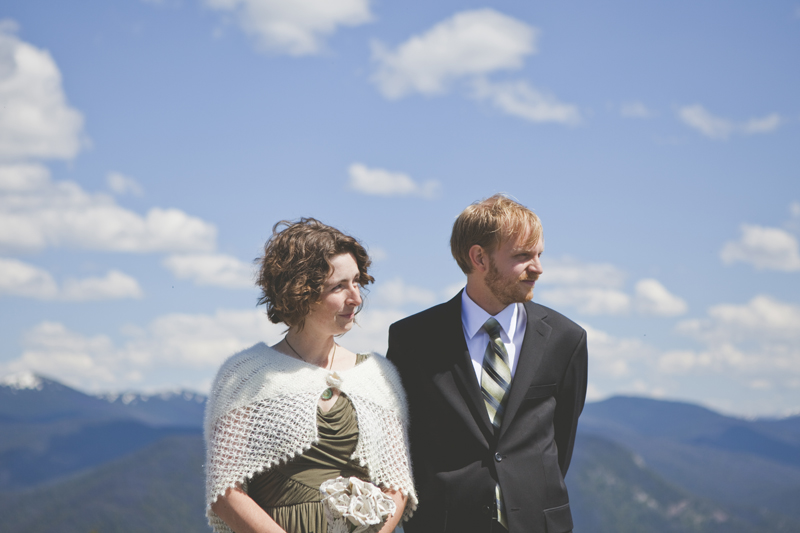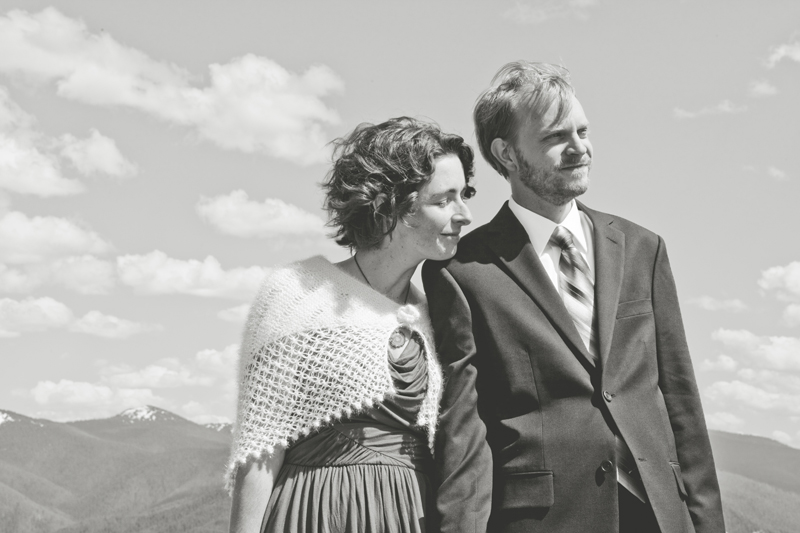
When I first started YAYOM I didn’t know how many people I wanted in the course. I would have been happy with however many signed up (as long as at least a few people did). Could I get a dozen people to take my class? I had been in courses with over a hundred people, another with hundreds. Would mine catch on like wildfire and be like that? Or would it be a beautiful small group?
As people signed up that first session I kept on changing my goal number. 10 people…sure that would be great. Oh, more than 10? 20 sounds lovely? I have 20? How about 40? That first session the registration mellowed out around the high fourties so I aimed to call it sold out at 50.
Did I have a reason for how many people I wanted at that point? Not really. I just hoped people would resonate with the course and that I would get enough to make it feel like a success to me.
What does success mean? Is it really a number of how many people you have or how much money you made? Or is success the way that people are changed by what you have to offer or the way they have transformative experiences through your inspiration?
As soon as the course began it really wasn’t about the numbers. It was all about the experience, yet I didn’t want to share that info publically. To some, success might be 100 or 200, to others success in registration might be 10. Would one of those be more valuable than the other? Would one course be more life changing than the other simply because of its class size? Likely not.
I didn’t want to share my class size numbers as I really believe that it isn’t the number of people you have in the class but the way that the course inspires them that should be a success. I didn’t want those folks who have less people in their class to feel like 50 people should be a bar of success.
In fact, I found 50 people to be a lot to keep up with. With any course, a certain percentage of people participate. In my more in depth courses I give feedback to every image that the participants share. I really want to make each person feel seen and to give them feedback. This has been one of my core ethics with teaching (another post on that topic soon) from the start and the other participants join in commenting and before we know it the supportive energy is pretty much magical.
My next session of YAYOM had a similar registration number and I didn’t yet share that info. As I’ve run it more, my registration numbers have become a bit smaller, averaging around the 30 person range. The first session where my numbers were lower I felt so vulnerable. What was I doing wrong? Was I oversaturating my own market? Were there just a lot of e-courses out there?
There was one week where I was in a panic. Freaking out majorly and in tears, sure that I should quit this business. I had just finished last winters session where we had a class at capacity and people were sending me emails telling me how much it changed their lives. I was fueled by this to open up a spring session. Then no one signed up. Day after day when no one signed up I felt like a failure, despite the emails telling me otherwise.
Registration is a wildly vulnerable experience. Each and every time. Teachers don’t tell you this, as at the time they are trying to market and promote their classes. It doesn’t necessarily feel like the time when you want to tweet “Doesn’t anyone want what I have to offer?” or “Should I even be doing this?” even though that is exactly what we may be feeling. Of course we absolutey need to be offering these courses or projects, but it is an undeniably vulnerable thing for me and I think likely for all of us.
Registration for e-courses or marketing a business of any sort is really hard work. For most of us, participants don’t just fall into our laps. Marketing, guest posting, writing articles, blog posts, twittering, promoting on facebook and yes even asking friends for help in promoting it is all a part of getting people to participate.
You are a success whether you have 5 participants or 50.
It was then when I really started to think about the class size and the energy that different class sizes bring. This session of YAYOM we have just over 30 people and I realize that I love this size of group. I’m able to keep up with the images in the flickr group and to check in with the participants who may not be active to see what I can help them with.
More importantly than my ability to keep up is how the participants are able to connect. Each session I get quite a few participants writing me letting me know how much they are liking the size of the class after having felt lost in really large sized classes.
Bigger is not necessarily better.
I find with art retreats as well I am drawn to the ones where there are a smaller number of participants so I can have a really connected experience rather than feeling lost in the crowd. A small retreat is not better than a really big one or vice versa, the smaller size is just better for me as a participant.
What I’ve learned is that we need to look at what we are wanting for the participants. What do you want the experience for them to be? Are you wanting to create a community atmosphere or is your class more about the content? Do you want to have as many people as possible be able to take the course at one time or do you limit the class size either for your or the participants sake.
Even if tomorrow somehow all of a sudden tones of people heard about the course, I would still only want 50 people maximum in each session because I have discovered that the smaller class size has a magic to it that is really beautiful (I want to note that I think 50 is actually a pretty big class size but is small compared to those courses with hundreds of participants and really there are only a few classes that get those kinds of numbers, most of us have much smaller class sizes). In fact I think may have become something that draws people to my classes to have that intimate community experience.
So why am I now sharing my class sizes? I now feel confident that the size of my class is not a reflection of my success or failure and I now know the benefit of what a small class can bring.
If you are presently running online courses, I encourage you to not judge your success by your class size (though that doesn’t mean that it won’t still feel vulnerable) and to ponder what size of group feels right for you and for what you want the participants to get out of the course.
You could also ponder this in reference to blogging. Does whether or not someone comments on your blog post equate its value? Could your words in fact be transformative to your readers even if they don’t comment? Sure it may be vulnerable to feel like no one is reading or being inspired by what you have to share but that doesn’t mean that people aren’t affected by your work.
What is most important is that if you are drawn to create a course, or share your work is that you go for it. There is someone else out there who needs to hear what you have to share.






.jpg)














.jpg)
.jpg)
.jpg)
.jpg)
.jpg)